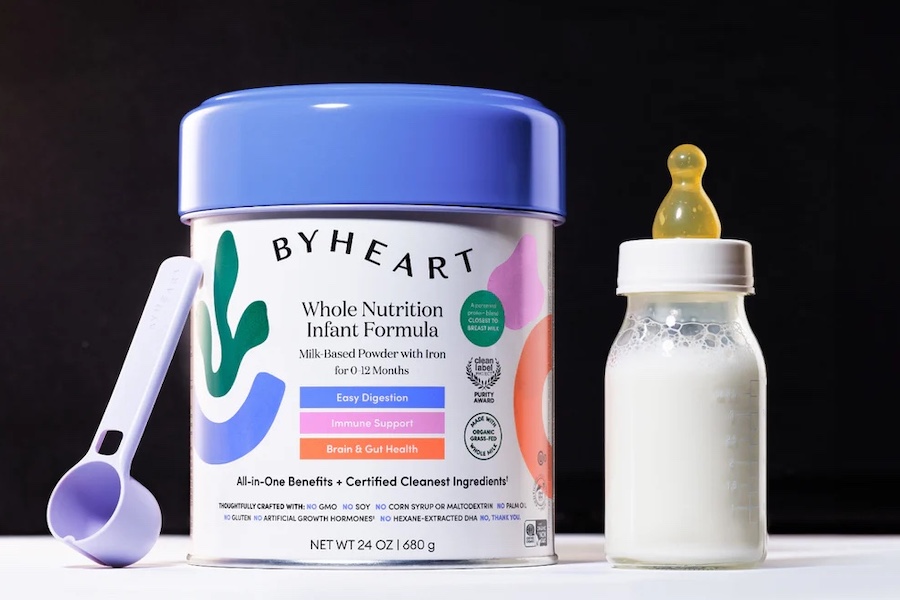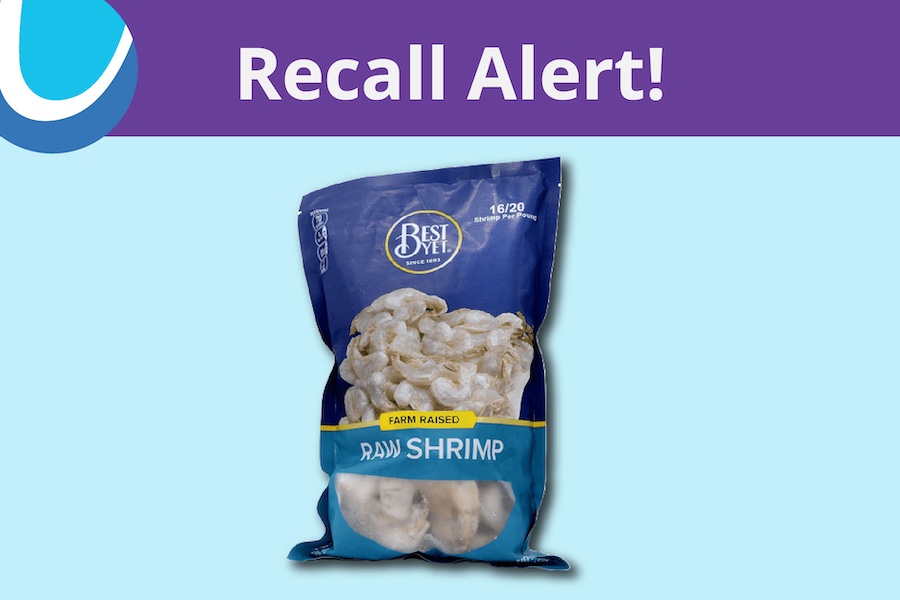| Sisters of Charity Food Pantry |
Baltic |
Once a week |
Thu 3:00–4:00 pm |
| Town of Sprague Food Pantry |
Sprague |
Weekly |
Wed 8:00 am–12:00 pm |
| Colchester Food Bank |
Colchester |
Colchester residents only / by appointment |
Call for appointment |
| Rosalyn Allen Food Pantry — Mobile (Colchester RecPlex) |
Colchester |
Varies (mobile) |
Call 860-822-4146 for dates/times |
| Care & Share of East Lyme |
Niantic |
Residents of E. Lyme/Niantic or Salem |
Call for appointment |
| Helping Hands – SWEET Potato Society, Inc. |
Old Lyme |
Twice weekly |
Tue & Thu 9:00 am–1:00 pm |
| Shoreline Soup Kitchens Pantry @ First Congregational Church |
Old Lyme |
Residents of Essex, Chester, Clinton, Madison, Old Saybrook, E. Lyme, Old Lyme, Killingworth, Westbrook, Deep River. |
Sat 8:30–10:30 am |
| Shoreline Soup Kitchens Pantry @ St. John’s Episcopal Church |
Niantic |
Residents of Essex, Chester, Clinton, Madison, Old Saybrook, E. Lyme, Old Lyme, Killingworth, Westbrook, Deep River. |
Thu 2:30–4:30 pm |
| St. Mary Food Pantry (Rectory Basement) |
Jewett City |
Weekly |
Tue 10:00 am–4:00 pm |
| Griswold Senior Center Pantry |
Griswold |
2nd & 4th Thu |
1:00–3:00 pm |
| Rosalyn Allen Food Pantry @ Griswold Health Center |
Griswold |
Weekly |
Mon–Thu 8:00 am–6:00 pm; Fri 8:00 am–4:00 pm |
| UW Mobile Food Pantry @ Griswold Public Works |
Griswold |
3rd Thu monthly |
4:00–5:30 pm (drive-through) |
| Groton Community Meals (Mon) — Thrive 55+ |
Groton |
Twice weekly |
Mon 6:00–7:00 pm (Thrive 55+) |
| Groton Community Meals (Wed) — Thames River Magnet School |
Groton |
Twice weekly |
Wed 6:00–7:00 pm (Thames River Magnet School) |
| Groton Human Services Pantry |
Groton |
Once a month (residents) |
Mon–Fri distribution 10:00–11:50 am & 2:00–4:00 pm (call ahead) |
| Malta Pantry (Groton) |
Groton |
Weekly |
Wed 9:30 am–12:30 pm |
| UW Mobile Food Pantry @ St. John’s Christian Church |
Groton |
4th Fri monthly |
12:30–2:00 pm (drive-through & walk-up) |
| Linda C. Davis (Ledyard) Food Pantry @ Morgan Barn |
Ledyard |
Residents of Leyard and Gales Ferry/by appointment (Tue, Thu & Sat) |
9:00–11:00 am |
| New Life Christian Fellowship Pantry |
Ledyard |
2nd & 4th Sat |
9:00–11:00 am |
| Waterford Community Food Bank |
Waterford |
Residents of Waterford and Quaker Hill/by appointment |
Mon–Fri 8:00 am–4:00 pm (call for appointment) |
| Bette’s Bounty @ UCP of Eastern CT |
Quaker Hill |
Individuals with disabilities and their families / by appointment |
Mon–Fri 9:00 am–4:00 pm |
| Catholic Charities (New London) |
New London |
By appointment |
Mon–Fri by appointment |
| Church of the City Community Meal |
New London |
Weekly |
Sat 5:00–6:00 pm |
| City of New London Senior Center — Community Café & Pantry |
New London |
NL residents 60+ / Mon–Fri |
Meals 11:20 am; Pantry 8:00 am–3:30 pm |
| Shekinah Haitian SDA Church Pantry |
New London |
Weekly |
Sat 1:30–2:00 pm |
| Food to the People (The Place) |
New London |
Weekly |
Fri 9:00 am–12:00 pm & 3:00–7:00 pm |
| Lord’s Pantry @ St. James Episcopal Church |
New London |
NL County residents / Weekly |
Wed 10:00 am–12:30 pm |
| New London Area Food Pantry |
New London |
Twice weekly |
Mon 12:30–2:30 pm; Thu 9:30–11:30 am |
| New London Community Meal Center |
New London |
Mon–Fri; weekends |
Lunch 12–1 pm; Dinner 4:30–6 pm; 3rd/4th Sat lunch; Sun dinner |
| Salvation Army (New London) |
New London |
Every other week (by appt) |
Tue & Thu 10:00 am–12:00 pm |
| Shiloh’s Food Pantry |
New London |
Weekly |
Sat 11:00 am–2:00 pm |
| UW Mobile Food Pantry @ Ocean Avenue LEARNing Academy |
New London |
4th Wed monthly |
4:30–5:30 pm |
| Rosalyn Allen Food Pantry @ Preston Senior Center |
Preston |
1st Fri monthly |
10:00–11:00 am |
| Pawcatuck Neighborhood Center |
Pawcatuck |
Residents of Stonington, N. Stonington, Westerly/Mon–Fri |
9:00 am–3:30 pm |
| UW Mobile Food Pantry @ Stonington High School |
Stonington |
1st Wed monthly |
4:30–5:30 pm |
| Catholic Charities (Norwich) |
Norwich |
Once a month |
Mon–Fri by appointment |
| Easterseals Veterans Rally Point (Pantry & Meals) |
Norwich |
Members (veterans/active duty) |
Pre-registration; members call for appointment |
| El Shaddai Worship Center Pantry |
Norwich |
Once a week |
Delivery only — call for appointment |
| Rosalyn Allen Food Pantry (UCFS) |
Norwich |
Once a week |
Bags: Mon–Thu 8:00–6:30; Fri 8:00–5:00; Mobile—call 860-822-4147 |
| Sacred Heart Church (Norwich residents) |
Norwich |
Weekly |
Thu 10:00–11:30 am |
| Feed Thy Neighbor @ Evans Memorial AME Zion Church |
Norwich |
Weekly |
Tue 3–5 pm; Thu 3–7 pm; Sun 2–5 pm |
| St. Vincent de Paul Place — Pantry & Community Meals |
Norwich |
Once a week (pantry); Meals Mon–Sat |
Pantry: Mon & Wed 9:30–12 & 1–3; Sat 9–12 |
| United Way Mobile Food Pantry @ Three Rivers CC |
Norwich |
2nd Wed monthly |
2nd Wed 4:00–5:00 pm — Drive-through |
| Montville Senior & Social Services |
Uncasville |
By appointment |
Mon–Fri 8:30 am–3:00 pm |
| Montville Union Baptist Church (Drive-through) |
Montville |
2nd & 4th Sat |
9:00–11:00 am — Drive-through; register in dirt lot |
| Uplifting Grace Pantry |
Uncasville |
3rd Sat monthly |
3rd Sat 9:00 am–1:00 pm; Emergency need available |












